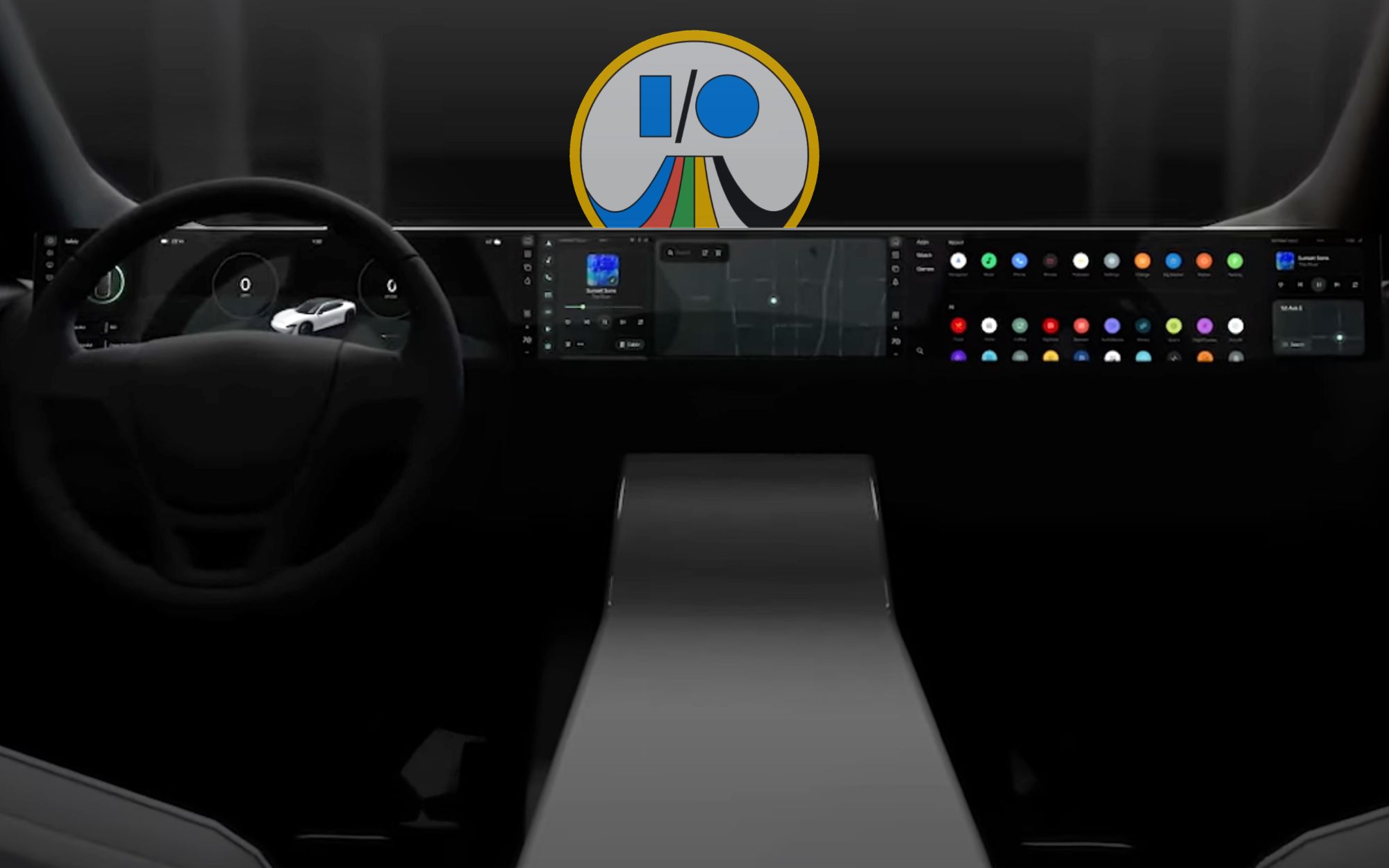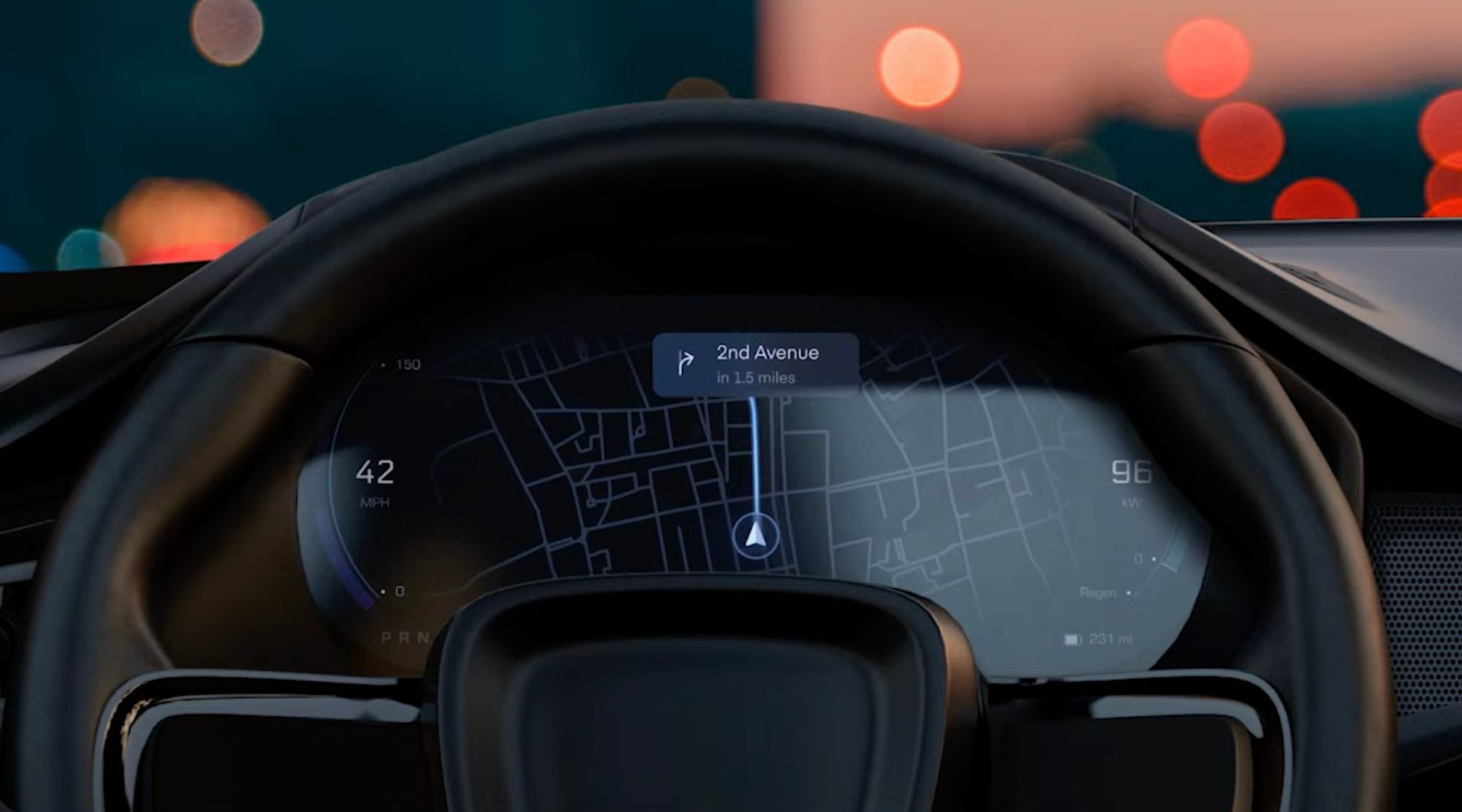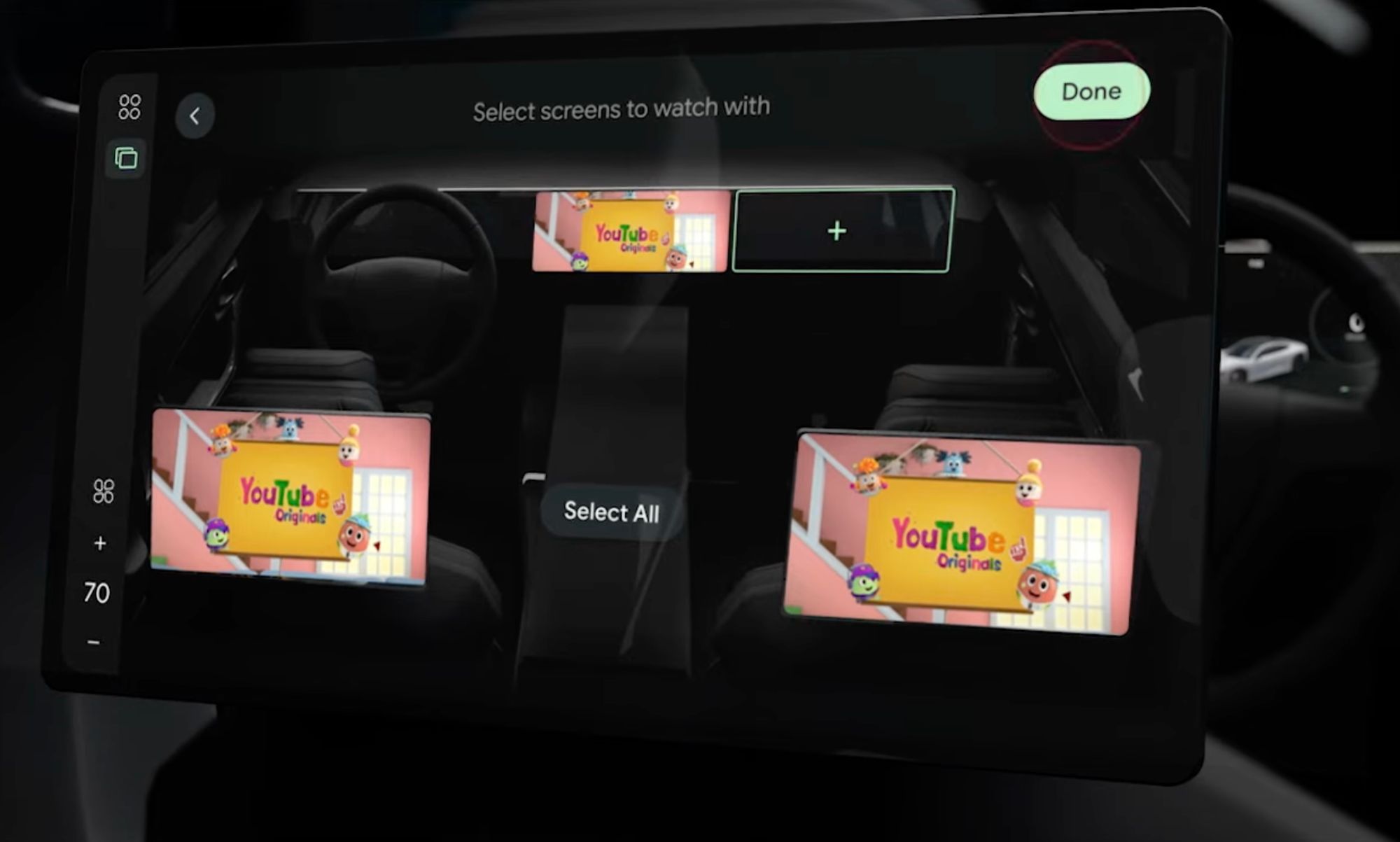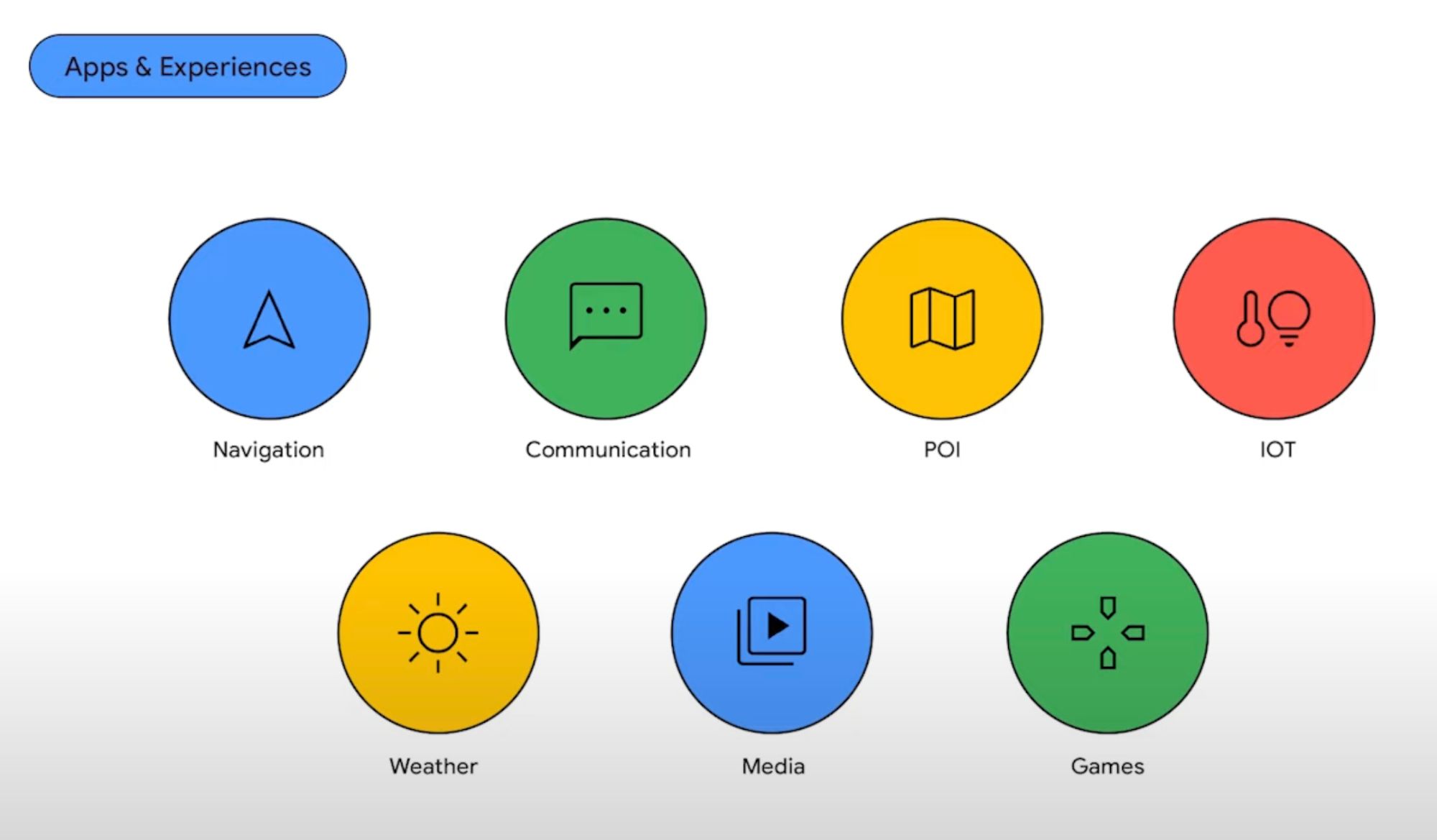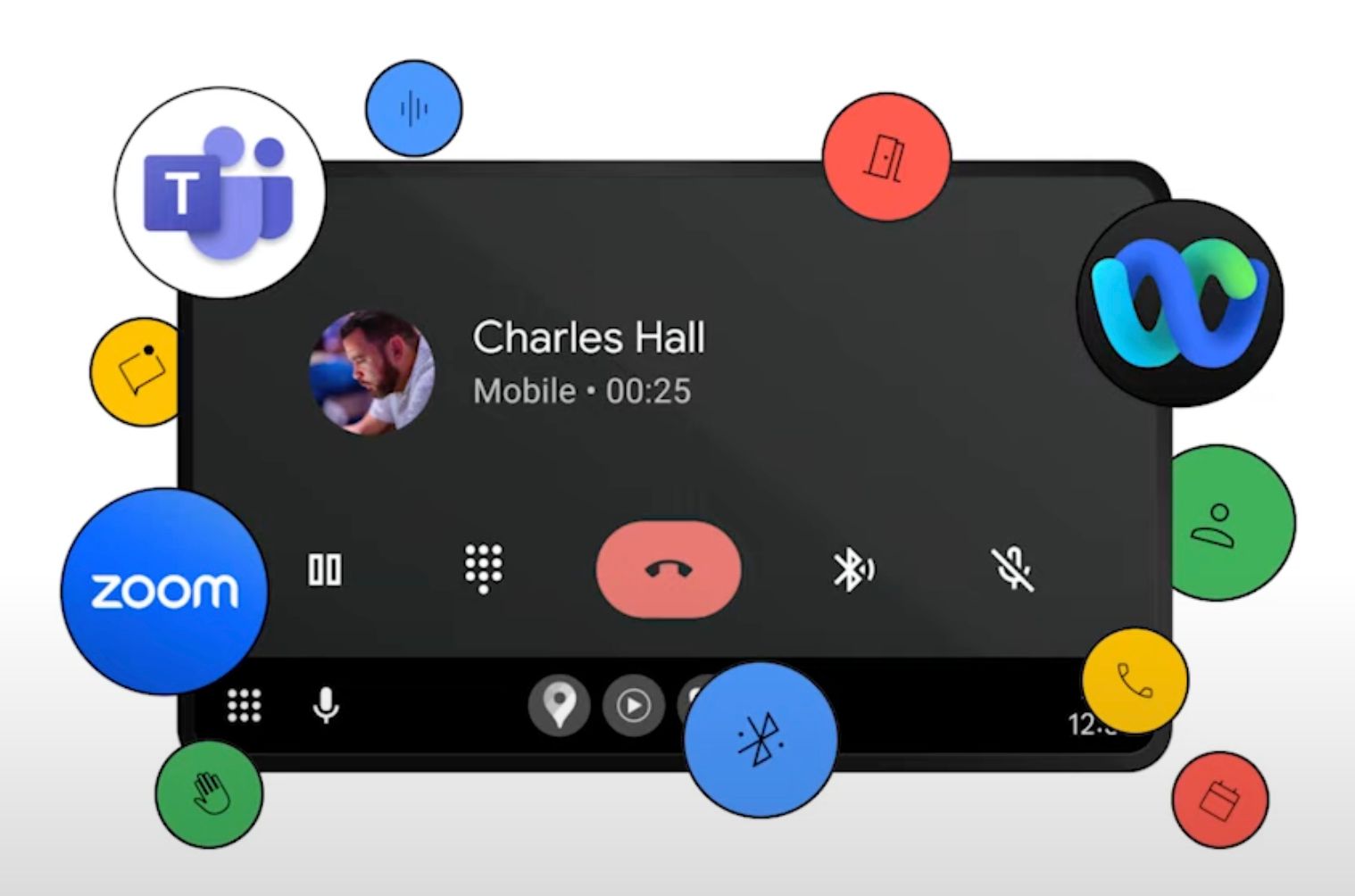Google has made major inroads to our vehicles thanks to the success of Android Auto, which is on track to be in more than two-hundred million cars this year. Just as Google’s original project is about to cross this major milestone, its successor is on the way to completely changing how we think of in-car infotainment systems. Cars with Google built-in will see some major new features this year.
Navigation and multiple screens
Automotive OS is gaining a lot of new capabilities that span across nearly all app categories and features, but few will be quite so immediately prevalent to drivers than support for displaying navigation apps on the instrument cluster — the display directly behind the steering wheel. This simple change places navigation closer to the driver’s line of sight and makes it easier to see directions by glancing down at a screen rather than looking toward the center console.
But the instrument cluster isn’t the only extra screen that can be controlled, Automotive OS 14 is coming with full multi-screen support to enable various experiences for each seat in the vehicle. While the driver watches navigation through the wheel and spot other glanceable details on the center console, the passenger can help with navigation or operate more detailed apps on their own screen, all while the rear seats are showing games or movies to kids.
To round out navigation, Waze is finally coming to cars with Google Built-in. It has been on Android Auto for a few years, but the hop to Automotive OS was slow-moving due to some challenges building the app, which were resolved with the latest version of the Android For Cars App Library. Additionally, the mobile Waze experience has been able to show EV charging stations for a little while, but that experience is now coming to the car screen as well.
Apps and capabilities
The wider realm of apps is also growing with many new capabilities, starting with access to additional sensor types in the car with Automotive OS 14. The update will add access to the fuel level, calculated range, and current speed on supported models. This further opens up the possibilities for apps to provide more integrated experiences for drivers.
Last year, Google began allowing apps for video streaming and games, and then browsers followed shortly after. After waiting quite a while, YouTube will be making its way to the list of video apps available to OEMs that choose to welcome it, and GameSnacks will be making the jump to Google built-in. Both of these will be available to passengers at any time, and the driver while the vehicle is parked.
Two new categories are also joining the list. Google Assistant apps focused on Internet of Things (IoT) may now be submitted to Google to target both Android Auto and Google built-in. Weather apps are also on the schedule, but for now the program is considered experimental and will only permit select apps, including Weather Radar (already available) and the upcoming Weather Channel release.
Google Assistant will soon support smart suggestions, allowing users to send certain useful messages with a quick tap on the display, like automated replies and location information. This feature was already available on Auto, but it’s finally on the way to cars with Google built-in.
Finally, Google is partnering with virtual meeting services Microsoft Teams, WebEx, and Zoom to bring expanded calling support to Android Auto. Soon you’ll be able to properly take work meetings while driving, which should certainly be good for anxiety levels. No timeline was given for this functionality to go live, only a statement that they are “coming soon.” Strangely, Google Meet was not mentioned in the list.
As always, take a look at Google’s Keyword blog post for details on upcoming features, and the Android Developer blog post if you’re interested in building some of these in-car experiences. Otherwise, keep watching continued Google I/O coverage at Android Police.

